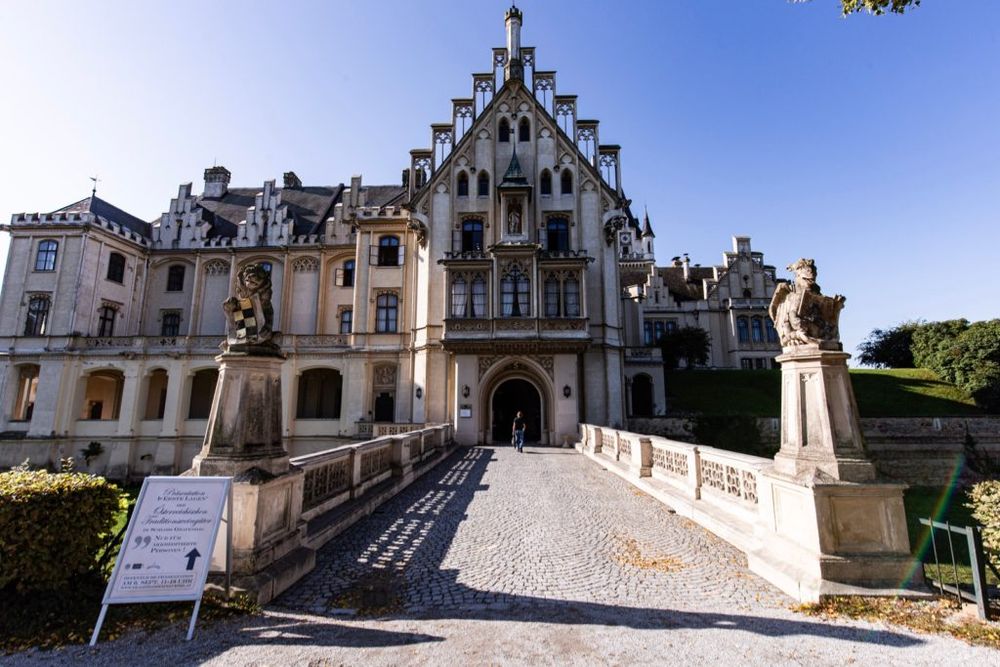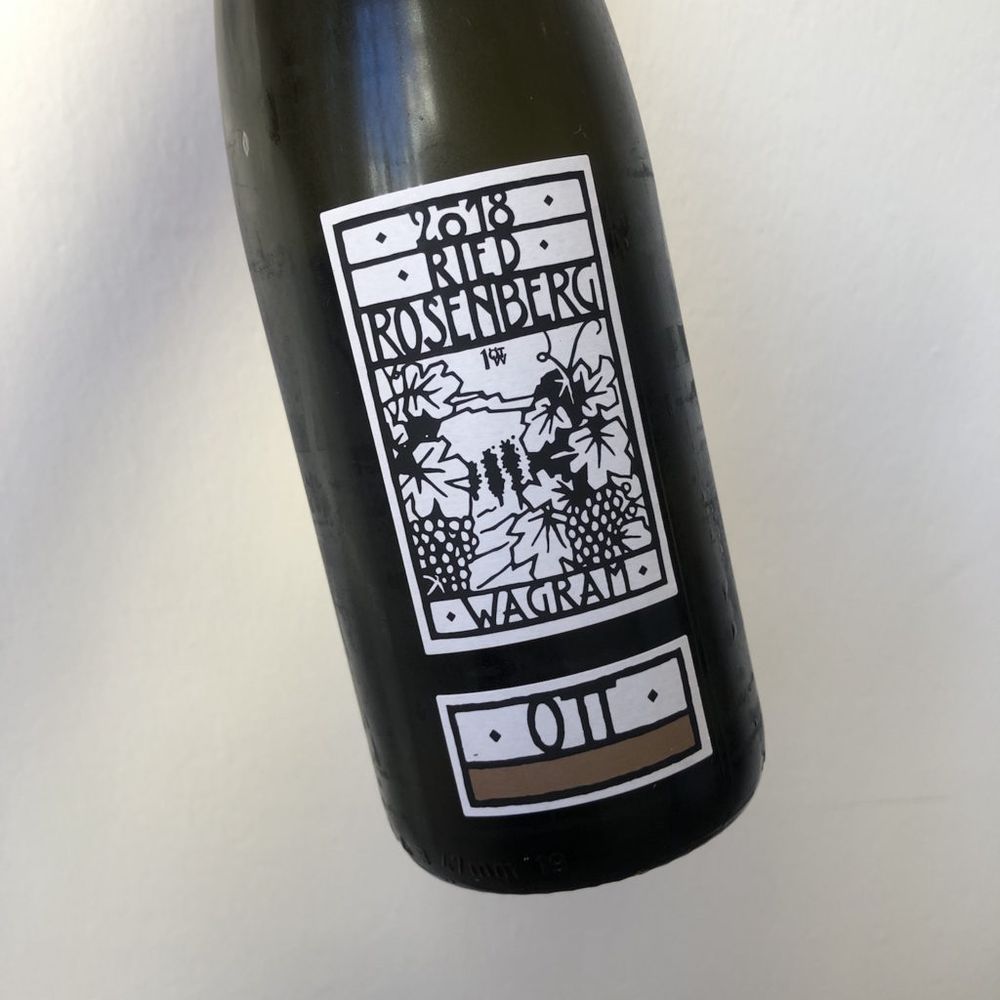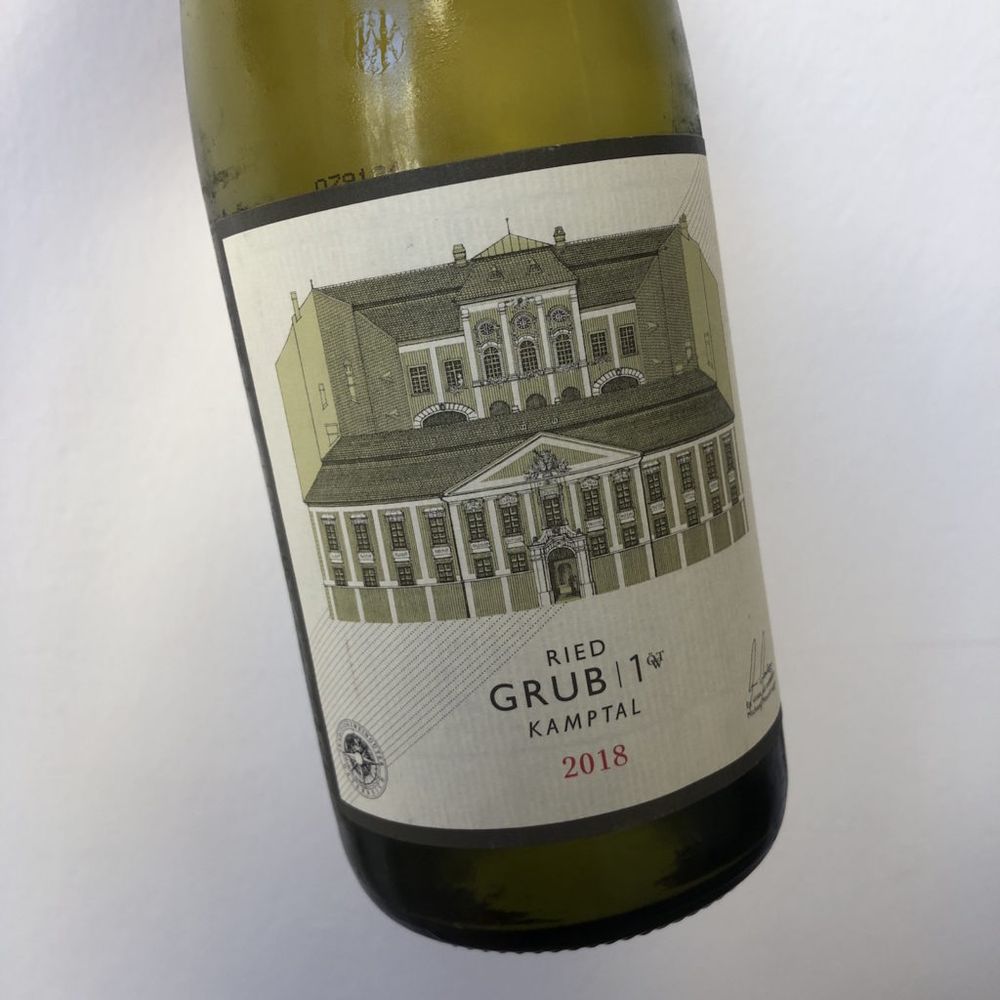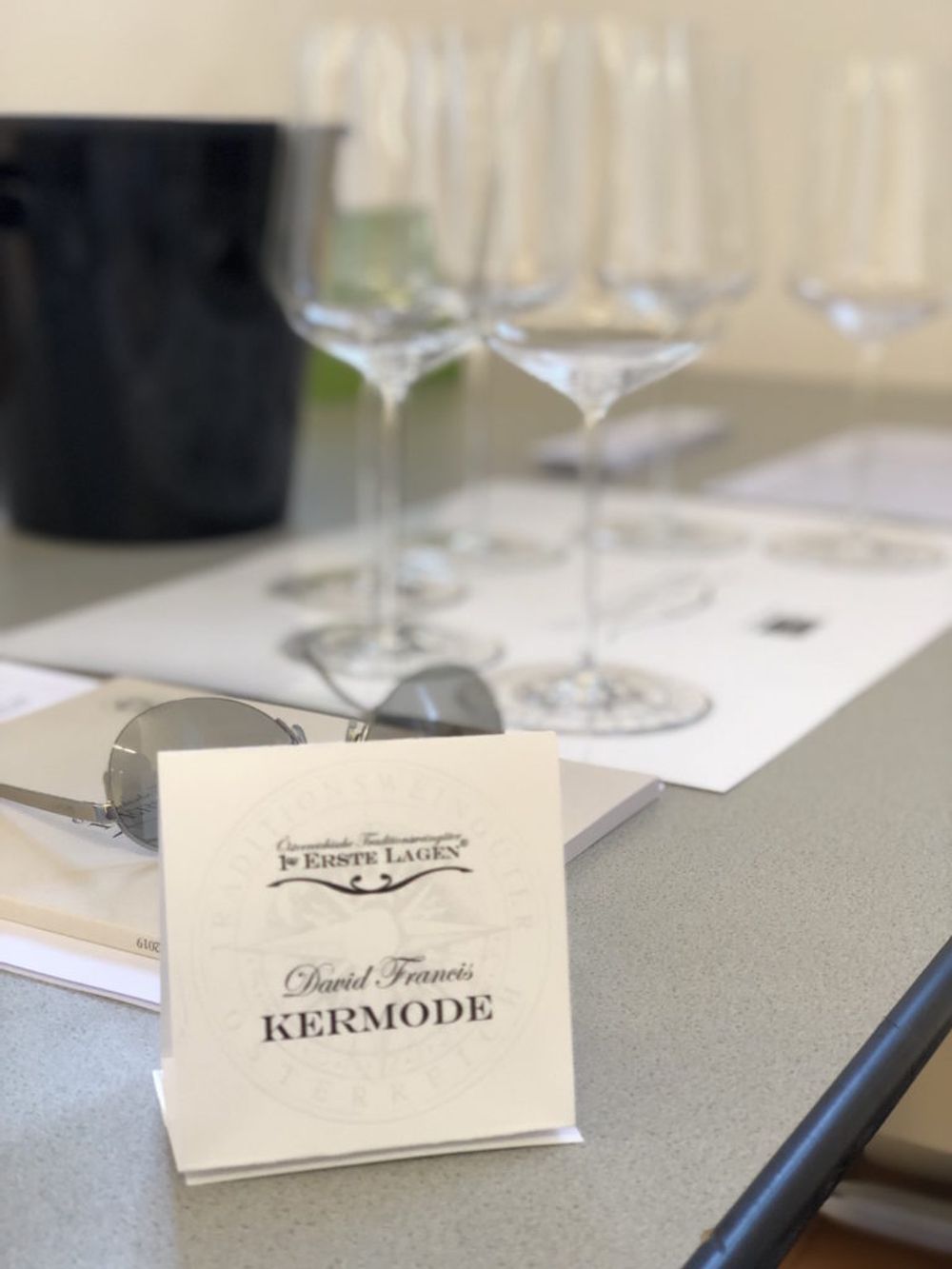This was the first year that the wines of the Vienna and Carnuntum regions were also on show for the annual ‘Erste Lagen Tasting’.
It was the year where the spring never sprang.
For the Danube region’s Österreichische Traditionsweingüter (ÖTW) members, the 2018 growing season switched from cold to warm almost overnight. A hot summer and an early harvest followed… so how were the new wines showing?

Grafenegg Castle, venue for the ‘silent tasting’ of the new wines – scores contributing towards their classification
Thanks to the annual ritual of the ÖTW’s Erste Lagen new vintage tasting, now in its seventh year, it is possible to take a snapshot of a year in a day, if you taste at lightning speed. Fortunately, I had two days, which is just as well, as the ÖTW keeps on growing.
Having expanded last year, to include historic vineyards in Vienna and Carnuntum, close to the Slovakian border, there are now 81 sites classified as ‘Erste Lage’, or ‘Premier Cru’, meaning 64 producers are now members of the club, working together to build a recognised appellation system.
Classification is based on ‘vineyard significance’, as explained to me last year by the ÖTW’s charismatic chairman Michael Moosbrugger, chief winemaker at Schloss Gobelsburg, (posted here) and it will ultimately result in a pyramid structure, crowned by newly-anointed ‘Grosse Lage’, or ‘Grand Cru’, sites, with the aim being a ‘dynamic system’ that can evolve to take account of things like climate change.
Thankfully, there is no rush: “It will be at least another ten years before we are able to label Grosse Lage wines,” Moosbrugger says. “We will need to measure significance using many different metrics, from geology and history to the results of open, and blind, tastings to identify those sites that we consider the finest.”
In the meantime, buoyed by its new arrivals, the association is open to recruiting further new members, as the Traditionsweingüter appears to lead the way for what could one day be a country-wide system.
“Origin has to be collective,” he tells me, “if you are the only one selling a wine by its origin, it will be very difficult to establish a reputation, so it is a big advantage to work together, on a collective level. This is why we are going for an appellation system. It offers consumers orientation and it gives small producers the benefits of name recognition.”
In other words, a rising tide that lifts all boats. So what about its Danube near-neighbour Wachau, which continues to define its wines by a Germanic system of ripeness and alcohol content?
Moosbrugger is diplomatic: “Wachau has a system that has worked well for them. If something is working, you are reluctant to change it. It’s a different system, with a different philosophy, origin versus sugar level, however we are starting to see an appellation system emerge there.”

Working through the best Erste Lagen wines from the 2017 and 2018 vintages, at this year’s tasting
So how does he assess the new vintage?
“It was a very unusual year,” he tells me, “but what is most significant is that spring never happened. In the third week of April we were still seeing minus temperatures and then suddenly we were in the plus twenties, then it just continued to get warmer, with the result that everything was quite early.”
2018 was famously a warm year, but Moosbrugger cautions against leaping to judgement: “You always have to differentiate between your subjective feelings about the vintage and what was really happening. If I am looking at the climactical data, it was actually quite an average year, with fairly typical levels of precipitation, so we never really had drought stress.”
To assess the new vintage, just shy of 200 wines were offered in the traditional ‘silent tasting’ at Grafenegg Castle. The format is not blind, but many of us tried to cover producer names on the tasting sheet, in an attempt to alleviate preconceptions. A total of 260 wine professionals from 17 countries pass judgement, with the scores collected at the end of the marathon session, to be used as a contributory element in the classification process.
David Kermode’s Top 10 wines from the 2019 Erste Lagen tasting:

Weingut Bernhard Ott Ried Rosenberg Wagram Grüner Veltliner 2018 (screw cap). Bright, ripe grapefruit, lime zest, pear and white pepper, perfectly balanced and juicy to the end.
Schloss Gobelsburg Ried Heiligenstein Kamptal Riesling 2018 (cork closure). One of Michael Moosbrugger’s highly-acclaimed wines: perfectly poised, with a delicate floral nose, nervy, bitter citrus, ripe apricot and a long, focused finish.
Weingut Fred Loimer Ried Loiserberg Kamptal Riesling 2018 (screw cap). Citrus blossom, ripe peach and wet stone take centre stage in this fresh, expressive mineral-driven wine, rounded by a precise saline finish.
Weingut Sepp Moser Ried Gebling Kremstal Riesling 2018 (cork closure). This fascinating biodynamic wine seemed to divide opinion, but I loved it. Rich, mineral-driven character, lots of texture with dried apricot and a strong savoury streak.
Weingut Geyerhof Ried Kirchensteig Kremstal Riesling 2017 (cork closure). A vintage behind, as Geyerhof age their wines longer before release, biodynamic, elegant, mandarin and lime, beautifully balanced, with an ethereal feel to it.
Weingut Hiedler Ried Heiligenstein Kamptal Riesling 2018 (cork closure). Complex citrus, ripe peach, framed by herbal notes, layered texture, with a mineral drive to the finish.

Schloss Gobelsburg Ried Grub Kamptal Grüner Veltliner 2018 (cork closure). Fresh, vibrant, lime sherbet, ripe peach, balanced by juicy acidity and delicious savoury notes from white pepper.
Weingut Hirsch Ried Lamm Kamptal Grüner Veltliner 2018 (screw cap). A feast of citrus, pears and green apple, complex and layered, with just a hint of something funky (in a good way).

Weingut Geyerhof Ried Steinleithn Kremstal Grüner Veltliner 2017 (cork closure) Another one aged for longer, biodynamic, perfectly poised, with delicate bubbles of citrus bursting on the tongue, beautifully balanced with a pleasing saline core.
Weingut Dorli Muhr Ried Spitzerberg Blaufränkisch 2017 (cork closure). The best of the bunch from Carnuntum, from Spitzerberg, where Blaufränkisch really shines. Really elegant, floral, perfumed, red cherry leading into bright, concentrated fruit, balanced by searing acidity.
David Kermode is a consultant, writer and broadcaster on BBC radio, with his own website vinosaurus.co.uk
































